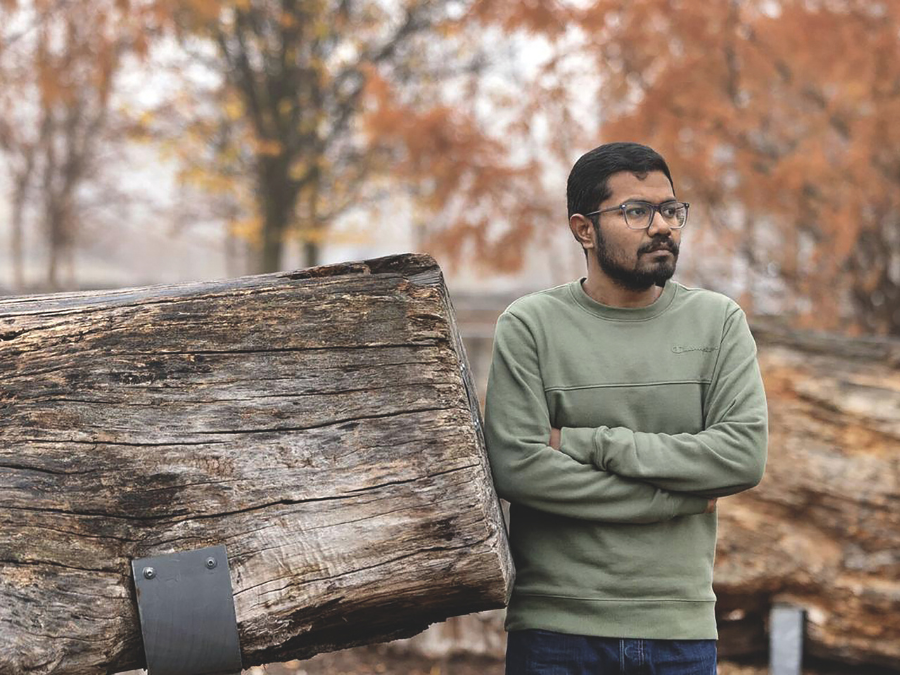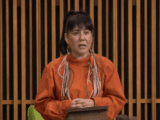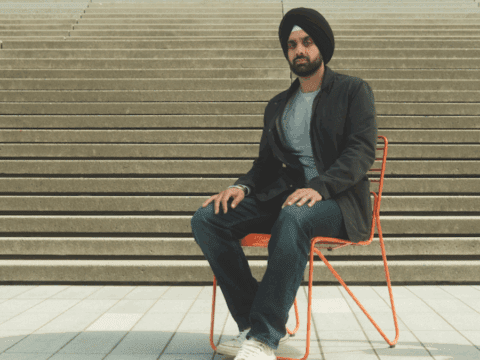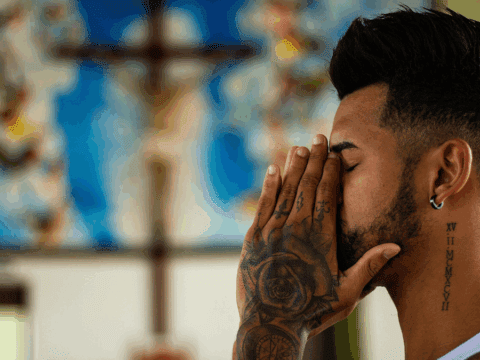I’ve learned to brace myself before clicking on the comments below a social media post or news article about South Asian immigrants in Canada. Racist and violent rhetoric is on the rise, with commenters peddling harmful stereotypes about immigrants stealing jobs, infiltrating housing and overcrowding the health-care system. Reading these words about my community always leaves me with a pit in my stomach — they’re a blunt reminder that racism in Canada is alive and well.
Several years ago, amid the COVID-19 pandemic, the federal government increased immigration targets to stimulate the economy and offset an aging workforce. But in 2024, it changed course, announcing a cap on international students, a reduction in temporary foreign workers and a three-year plan to reduce permanent resident targets.
You may unsubscribe from any of our newsletters at any time.
Cuts to immigration are just a band-aid solution to bigger societal issues, such as a lack of affordable housing and a strained health-care infrastructure. The proposed path forward positions immigration as the problem rather than focusing efforts on the solutions: systemic reform and expanded access to crucial public services.
In the process, immigrants — particularly people from India, who represented the largest group of new immigrants to Canada in 2023 — are being scapegoated for problems they did not create.
Fanning the flames of anti-South Asian animosity online has real-life consequences. According to Statistics Canada, police-reported hate crimes against South Asians increased 143 percent from 2019 to 2022. Incidents of hate continue to happen. Last summer, a group of teens assaulted a man in Peterborough, Ont., knocking off his turban and stomping on it. Later in 2024, Ashwin Annamalai was accosted on a Waterloo, Ont., street by a woman who spewed anti-Indian migrant rhetoric at him.
More on Broadview:
- The United Church was forged in the fires of the social gospel
- The Indigenous United Church: a journey to right relations
- Ukraine refugee crisis exposes racism
Canada imagines itself as a multicultural utopia, but the country has long blamed immigrants for governmental failures. During a parliamentary debate in 1922, William Garland McQuarrie, the member of Parliament for New Westminster, B.C., referred to Asian immigrants as a “serious menace,” burdening the economy and public resources.
These comments were part of the rhetoric leading to the 1923 Chinese Exclusion Act, which became law despite the fact that a postwar recession and the lack of government investment in social programs were the real cause of the country’s strain.
Today, South Asians — particularly international students — face the same misplaced blame.
Let’s extend compassion to South Asian immigrants, who have come to Canada to build a new life on the promise of a safe and secure future. Ensuring their safety is vital, especially in a moment that feels so dystopian.
For as much as we all like to tell ourselves that times have changed, right now it’s hard for me, a South Asian person in Canada, to feel like they’re changing for the better.
***
Jeevan Sangha is a freelance culture writer and editor from Surrey, B.C.
This article first appeared in Broadview’s July/August 2025 issue with the title “Canada’s Anti-South Asian Sentiment is Alarming.”
















This is yet another article categorizing those who question mass immigration policies as racist. It’s not always about race – those concerns related to jobs, healthcare and housing for Canadians who paid taxes their whole lives are legitimate and part of the reason even our own LPC started to reduce numbers and stated “we didn’t get the balance right” on immigration. There are also legitimate cultural integration concerns too – language barriers, religious practices, political views etc. Questioning these things does not make one a racist.